How California lost control over COVID-19 despite early successes
California recently surpassed New York with the most confirmed U.S. cases.
After surfacing in China in late 2019, the novel coronavirus reached California by January, forcing civic leaders and health officials to spring into action.
In March, California became the first state with shelter-in-place orders, and for most of the spring avoided the costlier outbreaks seen elsewhere. The following month, the seven-day average for new cases in California hovered around 1,500 while in New York that figured topped 5,000, peaking at 9,651 on April 10, according to data from those states' health departments.
But since California began reopening its economy May 8, confirmed cases have skyrocketed -- the state's seven-day average of 1,724 on May 8 reaching 8,818 on July 29.
"We thought we would be able to flatten the curve, and one of our expectations was that we would see those numbers go down," Dr. Yvonne Maldonado, an epidemiologist and infectious disease physician at Stanford University's School of Medicine, told ABC News. "We underestimated the virus."
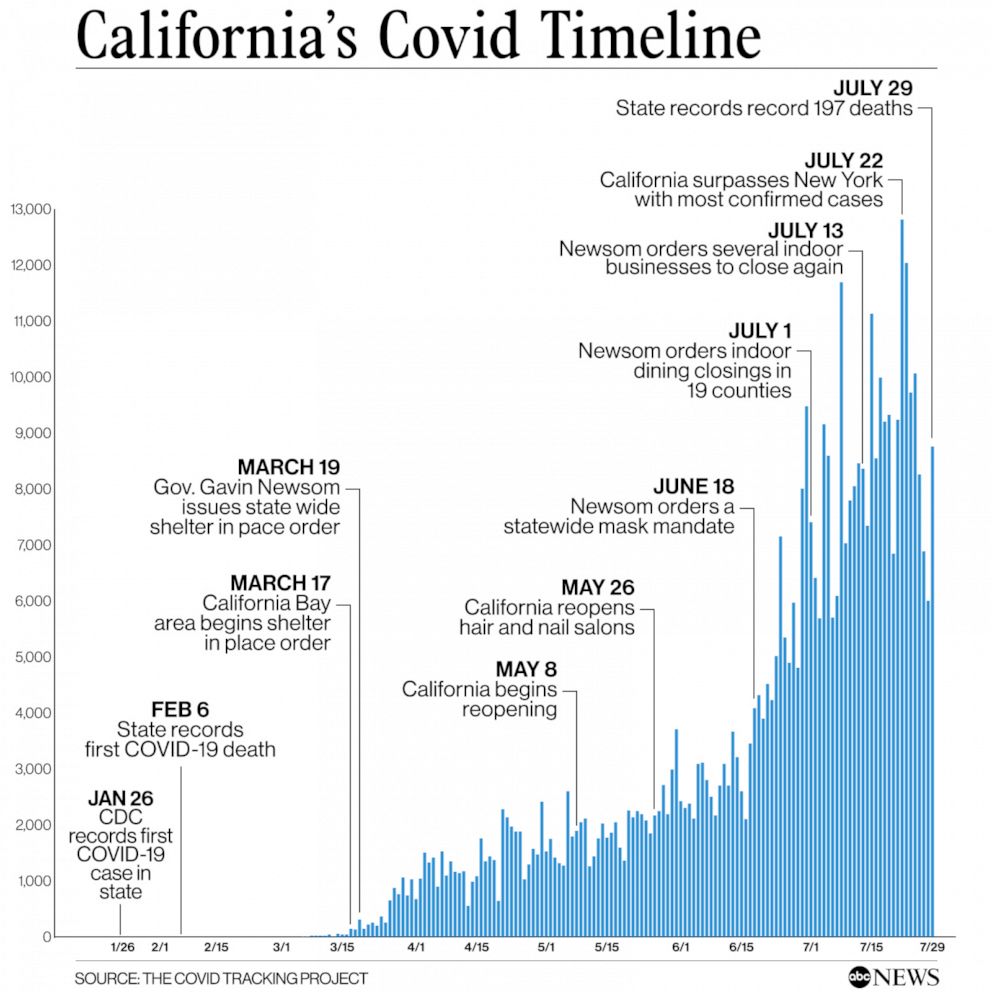
Maldonado and other experts have said that while the turnaround is alarming, there are still steps state leaders and residents can take to flatten the curve once again.
Swift action kept the virus at bay
The U.S. Centers for Disease Control and Prevention (CDC) recorded the first California COVID-19 case on Jan. 26, which involved a resident who'd recently returned from China. Eleven days later, a San Jose woman was the first person in the state to die from the virus.
As cases increased over the next two months, California leaders quickly took action.
At first, Gov. Gavin Newsom began to limit crowd sizes at both indoor and outdoor locations, and throughout March local leaders began issuing warnings. It culminated with the nation's first shelter-in-place order, by six Bay area mayors, including San Francisco Mayor London Breed, on March 17, followed by a statewide order two days later.
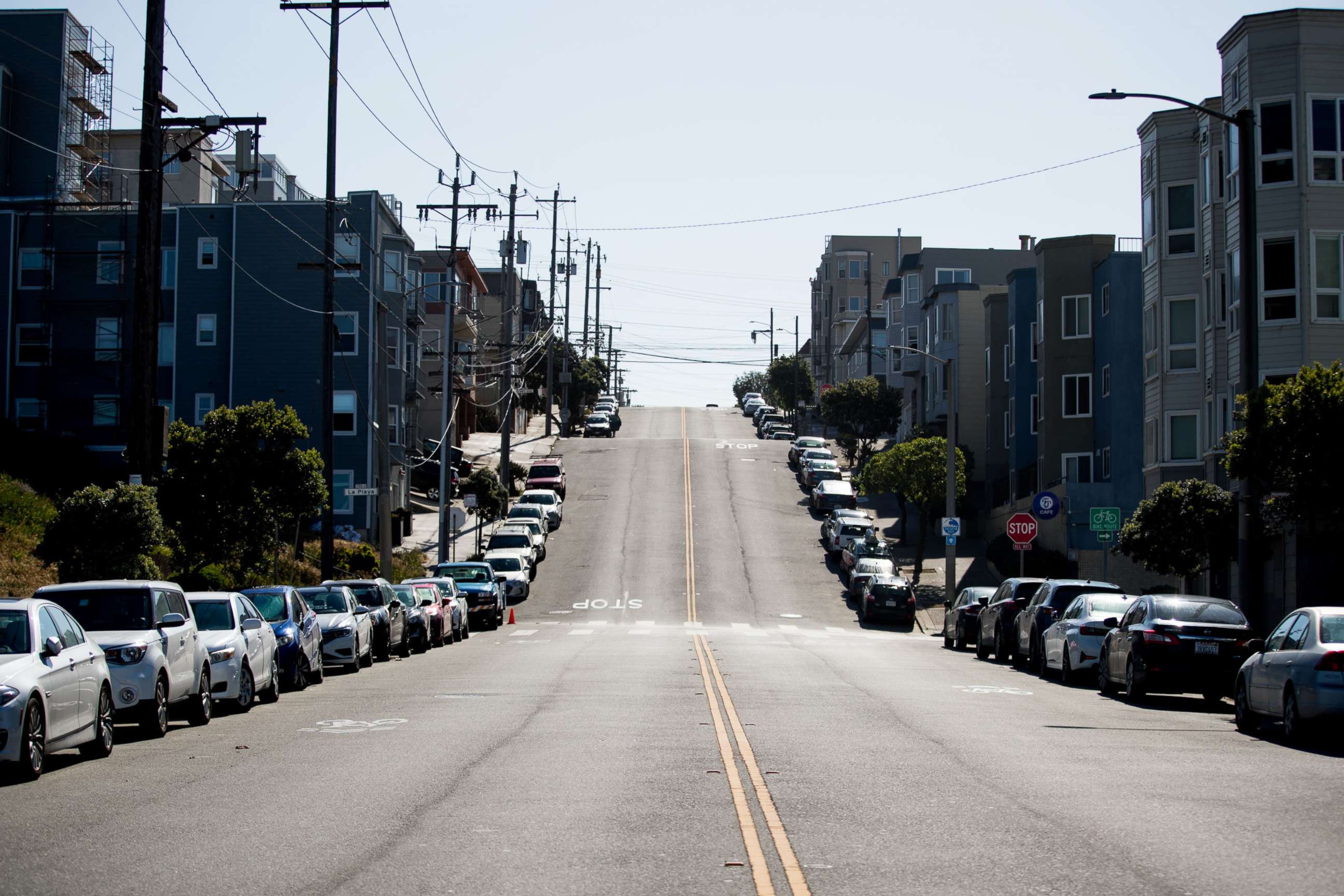
Maldonado said the early intervention was key to stopping the spread, especially since some of California's suburban and rural counties didn't see as many cases as urban counterparts.
"That was important because there are no borders here. You have to make sure you have similar guidelines for everybody," she said.
While cases in California did increase steadily, health experts said residents stuck by advisories and paid attention to daily updates from local leaders. Dr. Robert J. Kim-Farley, a medical epidemiologist and infectious disease expert at UCLA Fielding School of Public Health, noted that California saw about a fourth of the deaths New York saw during its April peak.
"I think we realized what was going on [and] were trying to ensure we were not going to overwhelmed ourselves," he told ABC News.
Reopening backfires
As new coronavirus cases decreased throughout the state and pressure mounted from the federal government to reopen businesses, Newsom launched his phased reopening on May 8 with manufacturing and retail businesses, at reduced levels.
At that point, the state had seen around 62,000 total cases, and the seven-day average was 1,724 new daily cases, according to state health data.
"Californians, working together, have flattened the curve. Because of that work, our health data tells us that California can enter the next stage of this pandemic and gradually begin to restart portions of our economy," the governor said in a statement on May 7.
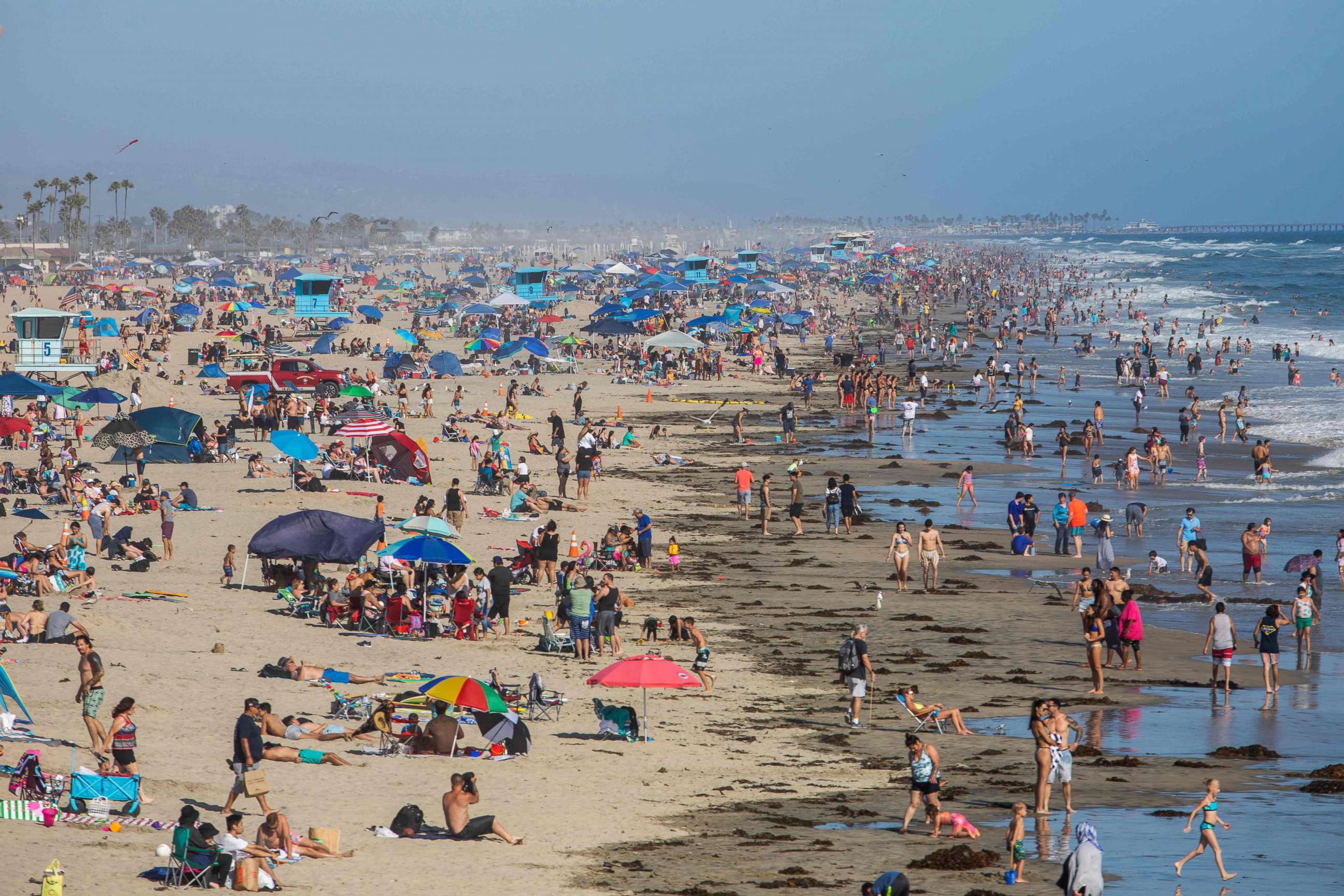
By the end of the month, counties were able to move into advanced stage 2 -- they were allowed to have indoor dining and shopping, but with strict limits on crowd sizes. On June 12, California moved to stage 3, which allowed more indoor businesses such as gyms and movie theaters to reopen. Six days later, Newsom issued a statewide mask mandate.
Residents who were prohibited from going to shops and other venues soon started hitting some of the state's hotspots in droves, from restaurants in San Francisco to the beaches in Los Angeles, according to experts.
Maldonado said the mental stress of the shelter-in-place order got to a lot of residents and too many jumped on the opportunity to their normal activities without adhering to the social distancing or crowd size advisories.
"We lost sense of that unified approach and the emphasis that the masking and social distancing can still be done. People got tired of it," she said.
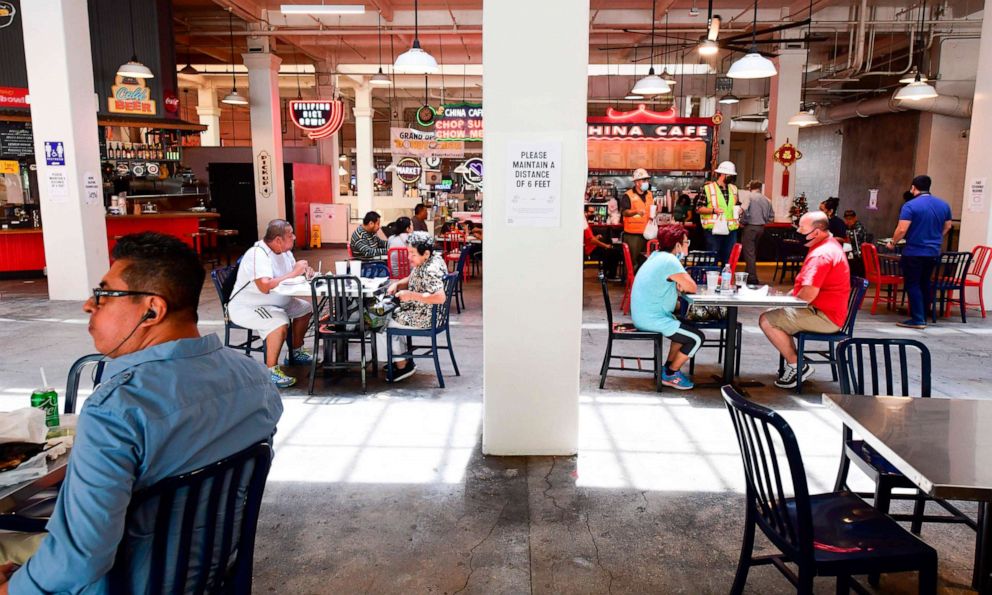
Kim-Farley, a former senior official with the CDC, World Health Organization and LA County Health Department, said experts had no idea how people would comply.
"That was the unknown," he said. "We in public health were surprised by how many people were resistant to mask-wearing."
Between May 18 and June 28, when Newsom began to order bars and restaurants in the state's biggest counties to close, the state saw roughly 149,000 new cases, according to state health data. The seven-day average of newly reported cases went from 1,724 to 5,346 during that period, state health data showed.
On July 22, the state surpassed New York in total cases, with over 413,000 confirmed.
Kim-Farley said reopening strategies were an "art, not a science," and that health officials are constantly trying to adapt to the still-unknown virus.
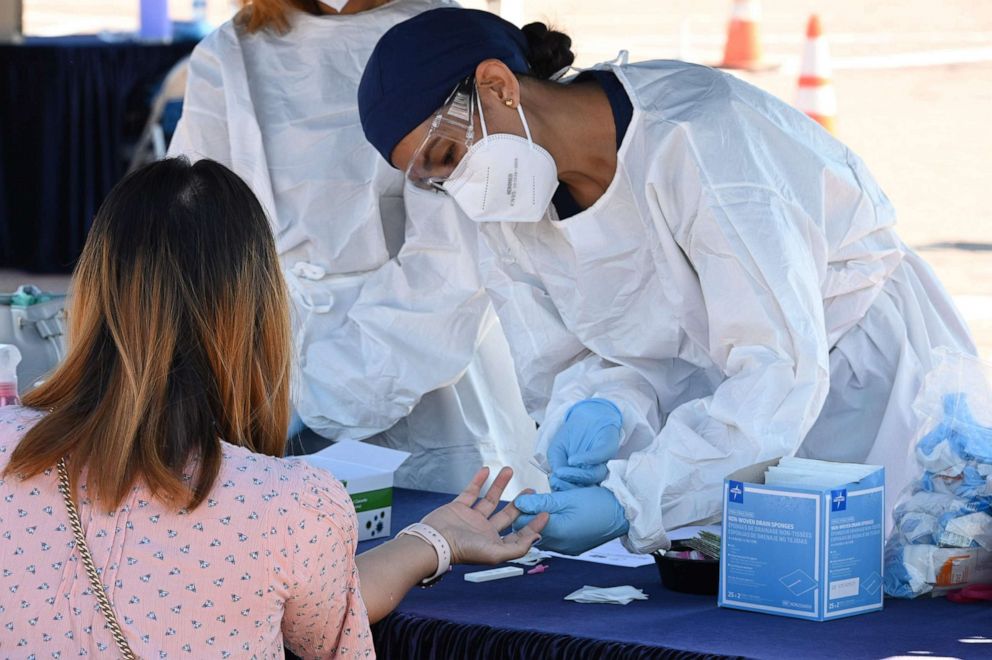
He noted other states kept looking to California for reopening guidance, even when the cases increased, and avoided its pitfalls. For example, Gov. Andrew Cuomo ordered all of New York's indoor dining to be stopped on July 1, citing increases in California and other places.
New York has not seen an increase in daily cases since it reopened in its fourth phase earlier in July, according to health data.
"In retrospect, yes, we should have said, 'Let's open things slowly and spread things out more.' At the time, I think it made sense at what we knew about why this virus is spreading," Kim-Farley said.
Getting back on course
Newsom continued to roll back the reopening as cases rose, and on July 13, he ordered a statewide closure of all indoor businesses. On July 21, Newsom gave hair salons and other businesses the option to open but outdoors.
During several news conferences, he and the state's health department defended his reopening approach and said it was always made to be flexible.
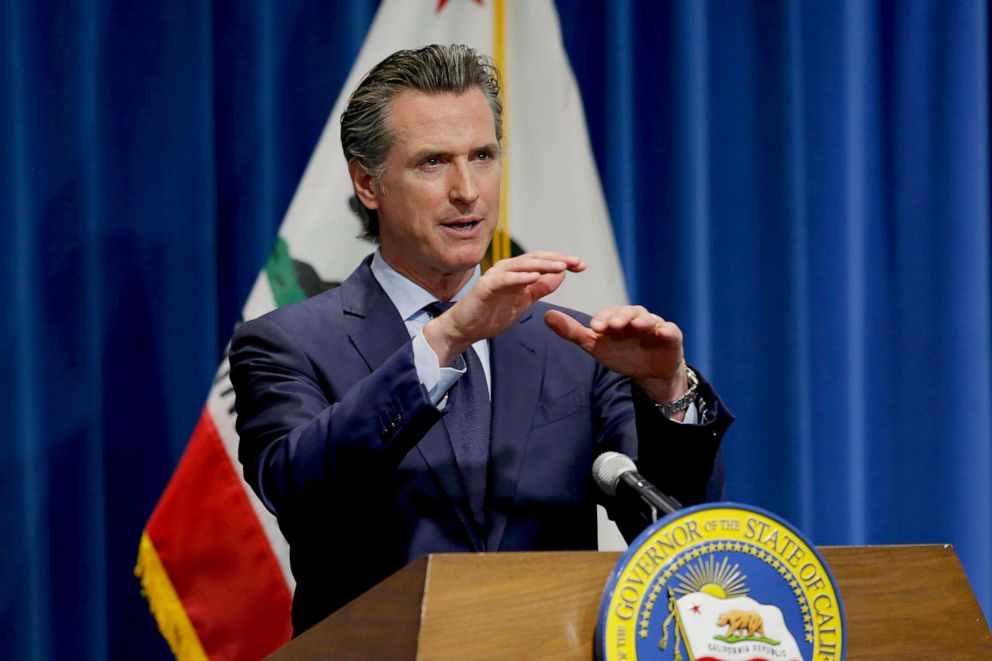
Despite new precautions, the state continues to see rising COVID-19 numbers though July 31. Kim-Farley said it will likely take a few weeks before there's any progress in the numbers that stem from the reopening rollbacks.
He compared the delicate balancing act of reopening the economy and maintaining public health to steering a supertanker.
"You are going along with your goalposts, which is not to overload the hospital system and keep the economy moving, but it takes a few weeks to see what the effects of changing the rudder were," he said. "What we need to do is steer this large tanker ship where we don't see these massive overswings."
Maldonado said doctors and leaders now are better equipped to handle the new cases. Aside from increased testing and contact tracing, Maldonado said the most important tool is messaging, which she said is getting more creative and effective now that more Californians are seeing COVID-19 up close.
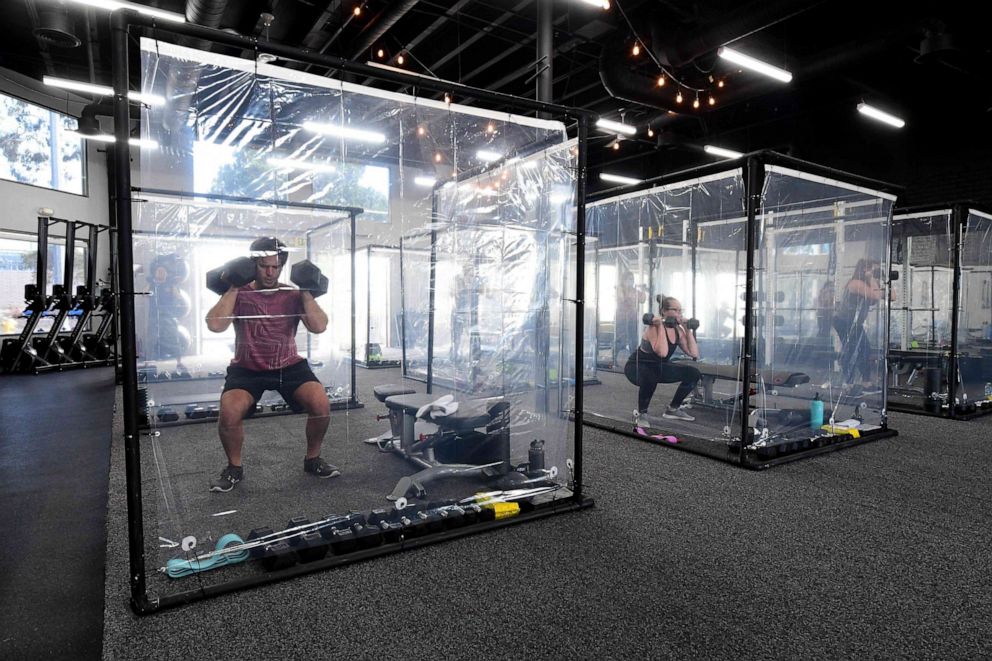
"Protecting others is helping yourself in the long run," she said. "It's not draconian. We learned you can mask, stay apart and wash your hands."
Maldonado cited the constant updates from the governor and the creativity with businesses, such as the ones that have switched to outdoor options, as steps in the right direction.
Kim-Farley said the state will have to go through some more weeks of rough patches before it can bend the curve again, however, he predicted that residents, leaders and businesses will have a better mindset when re-openings continue.
"The public will recognize, 'Oh my goodness if we just let everything go we would be worse off,'" he said.




